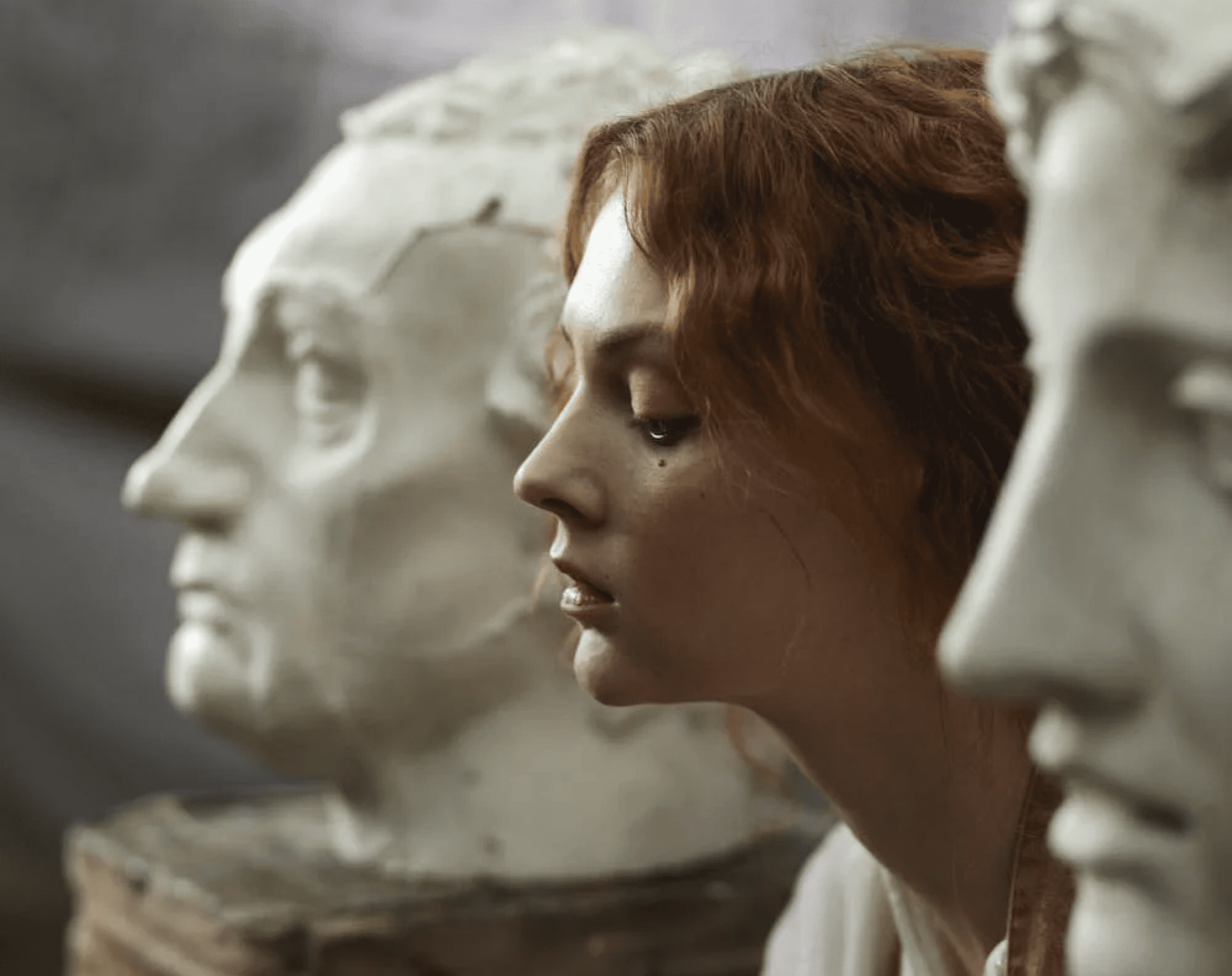Three new exhibitions explore how the femme fatale in art reflects evolving anxieties writes Cath Pound.
The figure of the femme fatale is one of the defining literary and artistic motifs of the 19th and early 20th Centuries. Artists were drawn to historical archetypes of female seduction such as Cleopatra or Lucrezia Borgia, characters from Old Testament stories including Salome, Judith, and Delilah, or mythical figures such as Circe, Helen of Troy, and Medea. Others were conjured from their male author’s imagination – Prosper Mérimée’s Carmen, Émile Zola’s Nana, and Frank Wedekind’s Lulu being some of the most notable.
Her emergence is frequently seen as a response to anxieties arising from profound social change as women pushed for greater economic, political, and educational rights, challenging the established patriarchal order. Middle-class women who sought education were, according to the British psychiatrist Henry Maudsley, likely to damage their reproductive organs, turning them into monstrosities who threatened the survival of the human race. Fear of contagious diseases such as syphilis was another factor, with working-class prostitutes being seen as contemporary femmes fatales who could lure their clients to their doom.
The 19th-Century image of the femme fatale was largely shaped by the Pre-Raphaelites in images such as Edward Burne Jones’ The Beguiling of Merlin (1872-77) or Dante Gabriel Rossetti’s Lady Lilith (1866-68). The latter sees the disobedient first wife of Adam transformed into a vain bohemian beauty admiring her luscious locks in a hand mirror.
Were they responding to a trend or instrumental in shaping the narrative? “I think both,” says Carol Jacobi, curator of Tate Britain’s forthcoming exhibition The Rossettis. “They were responding to social trends, both the reactionary ones and the whole idea of the ‘fallen woman’, and also the women in their circle who were the New Women. At the same time, I think Rossetti creates a new visual language for the femme fatale that brings it to the mainstream and was picked up by a lot of other artists.”





